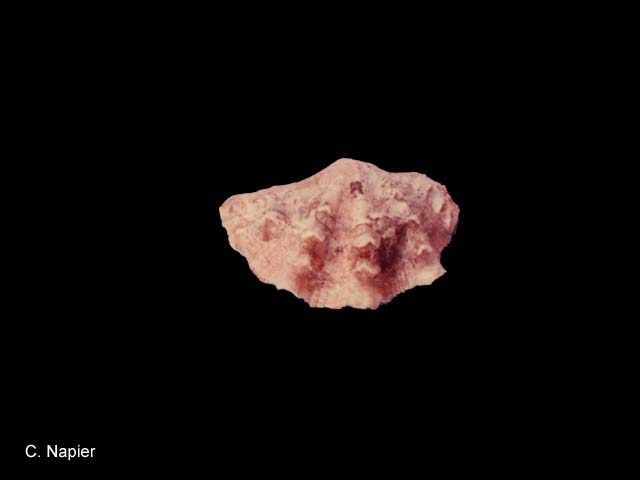| Cardiidae (cockles) |
| 45 cm SHL (male/unsexed) |
|
benthic; marine; depth range 0 - 42 m |
| Indo-Pacific: from East Africa to the Red Sea, (but not the Persian Gulf) to as far east as Pitcairn Islands, north to southern Japan, and south to Queensland, Australia and New Caledonia. Introduced in Hawaii and Guam. |
|
The species has an elongate shell with conspicuous fluted scales on its radial ridges. The valves are white and occasionally tinged with orange, and the mantle yellowish green. |
| Maximum depth from Ref. 87928. In eastern Polynesia, it is known to be restricted to deep water (Ref. 87928). Found in intertidal areas on corals (Ref. 75831). Abundant on outer reef slope (Ref. 2923). Also found in a lagoon (Ref. 87813), on sandy bottoms (Ref. 106695), rubble or in reef pockets (Ref. 2923). Unattached or weakly attached by byssus as an adult (Ref. 2923). Tridacnids derive their nutrition from uptake of dissolved matter through their epidermis and from their symbiotic zooanthella Symbiodinium microadriaticum (Ref. 107098). |
|
(LR/cd); Date assessed: 01 August 1996 Ref. 123251)
|
|
|
Source and more info: www.sealifebase.org. For personal, classroom, and other internal use only. Not for publication.

